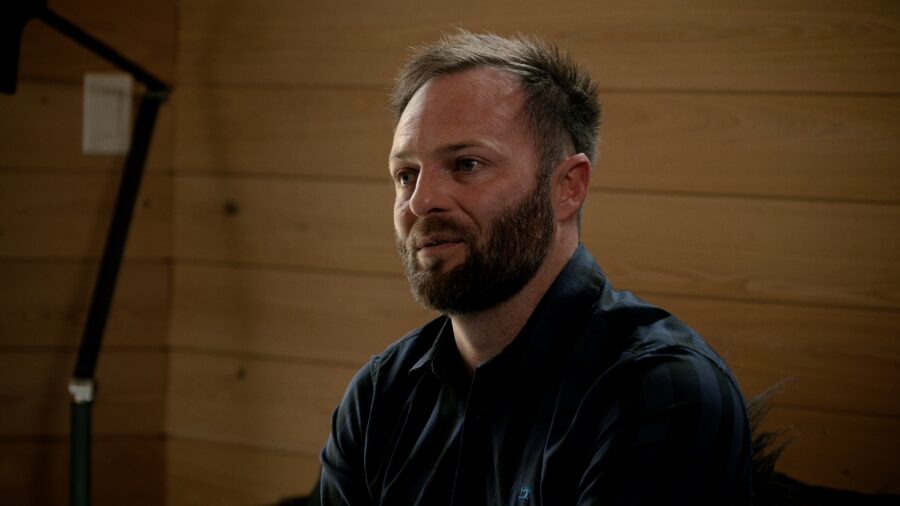
Building for wildfire
Millions of Americans live in homes that are not prepared to survive a wildfire. In this video produced by Headwaters Economics, homeowner Brodey Simkins describes the tragedy of losing his home to the 2020 Bridger Foothills Fire in Southwestern Montana, and his commitment to rebuilding with wildfire in mind. Headwaters Economics’ Kimi Barrett, Ph.D., and Blaze Architecture’s Ben Elias offer perspective on the problem, and the solutions that can make almost any home more resistant to wildfire.
Subscribe to our newsletter!
Brodey Simkins
Vice President, Simkins-Hallin, Inc.
Brodey lost his home during the 2020 Bridger Foothills fire. Like many homeowners, he though he would be safe from such a disaster. Determined to not relive this experience, he worked with an architect to build a home that could survive the next wildfire. Today, he is using his position as a building industry leader to bring attention to the need for homes in wildfire-prone regions to be constructed to wildfire-resistant standards.


Ben Elias
Architect, Blaze Architecture
Ben has been designing homes in Bozeman area for more than 20 years and has realized the need for homes to be designed with wildfire in mind. He approaches the design and construction of homes from a wholistic perspective, considering not only with ignition-resistant materials, but also the surrounding landscape.

Kimi Barrett, Ph.D.
Wildfire Researcher & Policy Analyst, Headwaters Economics
A native Montanan, Kim Barrett has a deep interest in rural landscapes and is well aware of the growing risk of wildfire. She is the wildfire research and policy analyst at Headwaters Economics. She works with communities on-the-ground to inform national wildfire policy, academic collaborations, and scientific outreach.
Learn More

Own your zone
This one-page handout prioritizes actions you can take on and around your home to help make it wildfire-resistant.

Firetopia
Use our interactive Firetopia Toolkit to see how land use planning can help your community to survive a wildfire.
Full transcript
News Anchor
Starting this Labor Day in Gallatin County with the latest on the Bridger Foothills fire.
Reporter
It’s hot and dry, the perfect ingredients for a natural fire.
Bozeman Resident
It has a long way to go, but if the wind changes direction, it could be scary.
Brodey Simkins – Homeowner
Typically, these things start as any other day. Once I saw it hit the timber out of the meadow, I knew that we were not going to be seeing the same hillside ever again. In that span from when I saw the spot fire to when we left the house [it] was 45 minutes, but it wasn’t until we got to the interstate that my wife had mentioned, I hope we have a house to come back to, and that’s where we sank.
News Anchor
An update tonight on the Bridger Foothills fire burning near Bozeman. Officials tell us flames have destroyed another two homes, bringing that total to 30.
Brodey Simkins
I went down the driveway and there’s nothing but a chimney and a burnt truck. I wasn’t prepared for dealing with leaving my home. You could only have 10 minutes, not just to save things in your home, but save yourself as well.
Kimi Barrett, Ph.D. – Wildfire Researcher & Policy Analyst, Headwaters Economics
As we’re seeing across the west, wildfires are getting bigger, burning hotter ,and lasting longer. Now more than 250,000 structures have been destroyed by a wildfire since 1999 alone. These risks are only going up and the problem’s not going away.
My name is Kimi Barrett and I am the lead wildfire researcher and policy analyst at Headwaters Economics. I work with communities across the country to design, plan and adapt to increasing wildfire risks.
Ben Elias – Architect, Blaze Architecture
Forests burn, they have forever. And now that we’re putting our houses within those burn zones, people just need to realize that they need to plan to give themselves a better chance.
Kimi Barrett, Ph.D.
The reality is, is that we need to learn to live with these increasing risks and build our homes, neighborhoods and communities to be better adapted to increasing wildfire.
Brodey Simkins
My understanding of fire danger to that point was, I’m in a low-risk area because I’m on the creek and I’m away from the timber.
Kimi Barrett, Ph.D.
Embers account for a vast majority of homes being lost during a wildfire. Up to 90%, in fact, of all homes destroyed during a wildfire are due to embers. So when you think about the construction materials of a home and making it more wildfire resistant, it’s equally important to think about what’s on and around the home itself.
Ben Elias
How you successfully plan for a house, that’s another huge one. You know, we’re talking about ignition-resistant materials. Well, it’s a much bigger picture than just what’s on the house. It’s what’s around the house that’s very important.
Brodey Simkins
I started realizing I had a house that would have been in trouble. We had chokecherry trees planted right next to the foundation wall, surrounding lilac bushes, woodchips. I saw it as a challenge. My architect was a good place to start.
Ben Elias
The first question that they need to ask is, Can I improve my situation? You know, start looking at the big picture and hone in on the details. What are the fuel sources around the house? Can you start to clean that up so that if there is some sort of a fire in the area, maybe there’s a natural barrier to where they’re not having, you know, tall grasses running up to the house itself, then kind of create that noncombustible zone next to your home, say, a five-foot zone of non combustible material.
Brodey Simkins
That instigated a lot of ideas. If an ember falls on the roof, where is it going to go? My focus on the new house was combustibles and areas where things get trapped.
Kimi Barrett, Ph.D.
We know how to build safer, smarter, more durable homes in wildfire-prone areas and we can do this cost affordably without having to sacrifice architectural distinctiveness and aesthetic design.
Brodey Simkins
Building is not cheap and rebuilding, rebuilding is even more expensive.
Kimi Barrett, Ph.D.
As a homeowner, there are things that you can do today to mitigate your risk against wildfires. Start with your fire department. Also, talk to your neighbors.
Brodey Simkins
You have a good interface with architect, designer, builder, subcontractors. The more that you are engaged in that process might even save you money.
Ben Elias
Bottom line on ignition-resistant materials is, yeah, absolutely. You can put them on any home at any price point. You know, anybody can do it. And it’s not difficult. They are common materials that are utilized.
Brodey Simkins
I think about this home that I’ve built and so proud to build and share my story with. I think about wildfire every time I look up at the hillside. This fire in Bridger Canyon was perhaps the biggest reminder our communities had.
Ben Elias
It’s on everybody’s mind. People know that this is a real issue that needs to be addressed.
Kimi Barrett, Ph.D.
As we unfortunately saw with the [Bridger] Foothill fires, there’s a lot of homes that were not built with wildfire in mind and.
Brodey Simkins
The ears are open now more than they’ve ever been to the risks of wildfire and home construction.
Kimi Barrett, Ph.D.
We have the research, the science and the engineering to build smarter homes that can withstand a wildfire. This is a problem that we can solve.


Community Planning Assistance for Wildfire
Community Planning Assistance for Wildfire (CPAW) works with communities to reduce wildfire risk through improved land use planning. The program is a program of Headwaters Economics, in partnership with the USDA Forest Service.







